China's Mars orbiter has resumed communications with Earth after the solar conjunction and will start remote sensing of Mars in early November, the China National Space Administration (CNSA) said Friday.
The orbiter was in normal condition during the solar conjunction, said the CNSA, citing telemetry data. It is the first time that the orbiter successfully survived the solar conjunction, the CNSA added.
A solar conjunction refers to a phenomenon when Mars and Earth move to either side of the sun and the three are almost perfectly aligned. During this period, the solar electromagnetic radiation will increase, and disrupt and even jam the communications between the Mars probes and Earth.
According to the CNSA, the orbiter will enter the remote-sensing orbit of Mars in early November to carry out global detection and obtain scientific data such as morphology and geological structure, surface material composition and soil type distribution, atmospheric ionosphere, and space environment of Mars.
The orbiter will also relay the communication between the rover and Earth for the rover's extended mission, the CNSA added.
China's Tianwen-1 mission, consisting of an orbiter, a lander and a rover, was launched on July 23, 2020. The rover Zhurong drove down from its landing platform to the Martian surface on May 22, 2021.









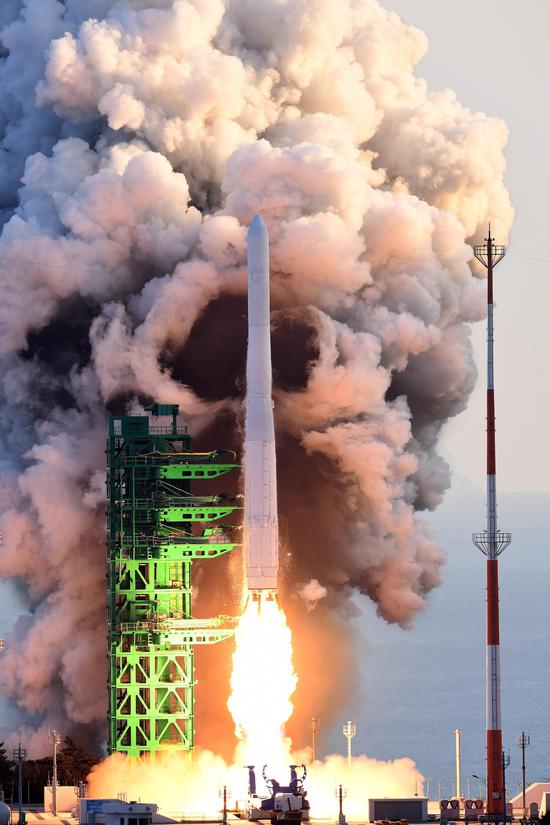

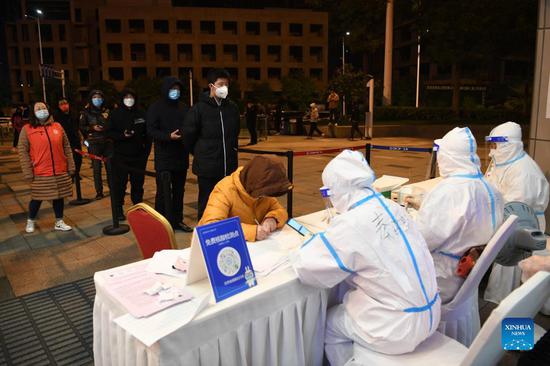
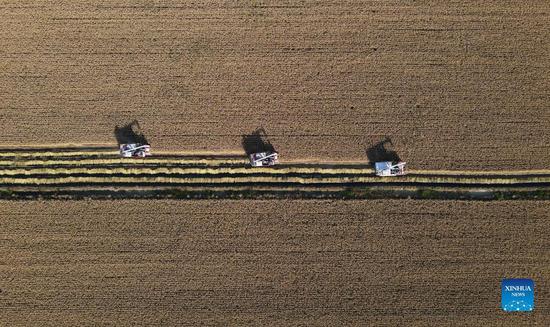
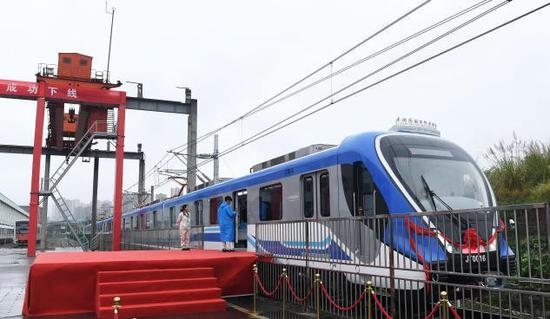



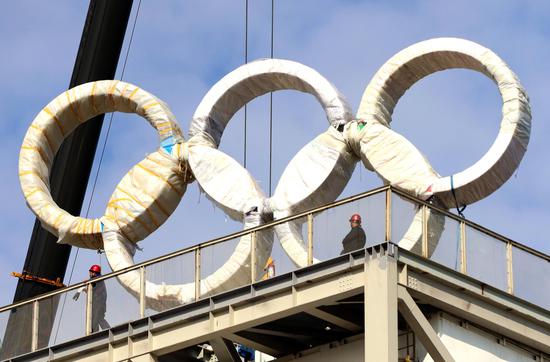
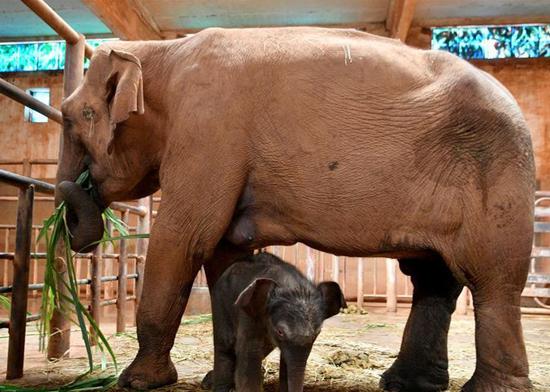


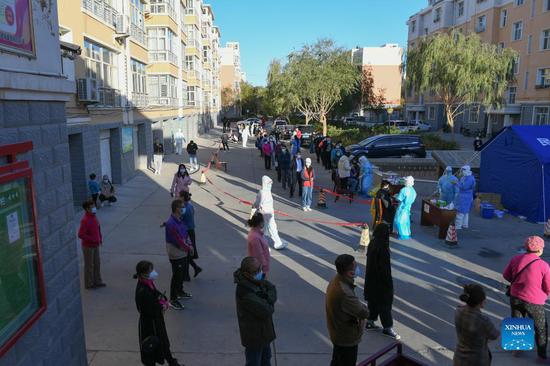
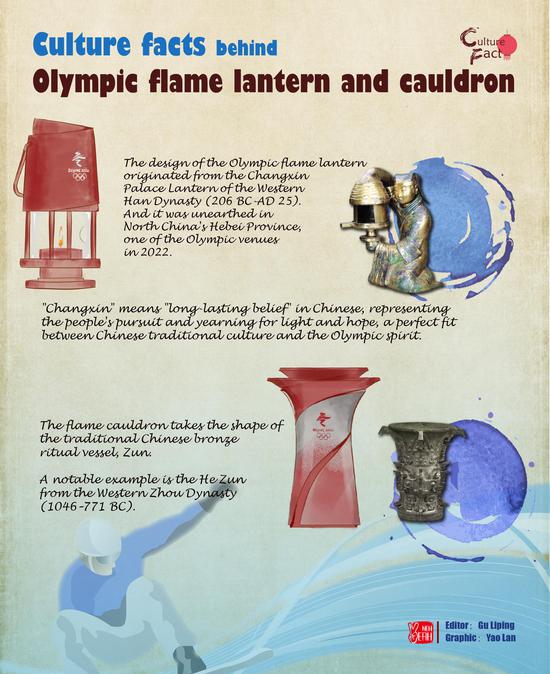
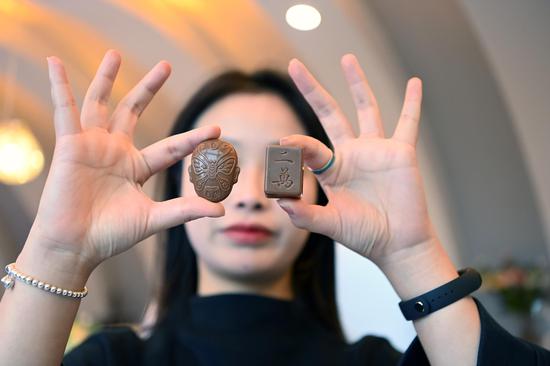


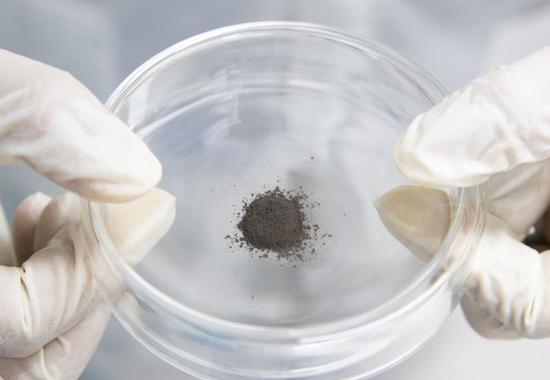
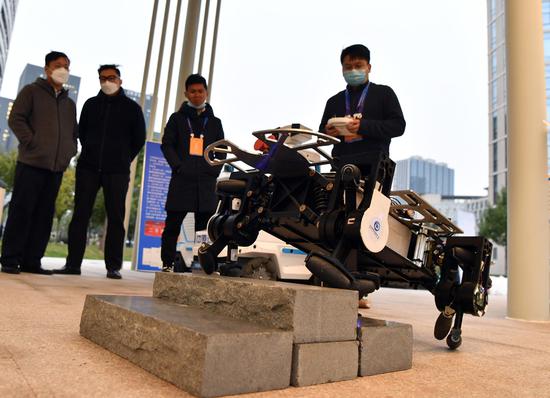








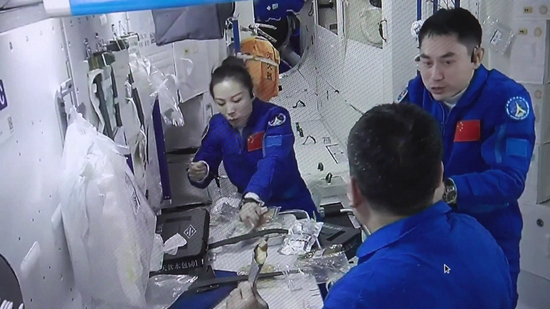


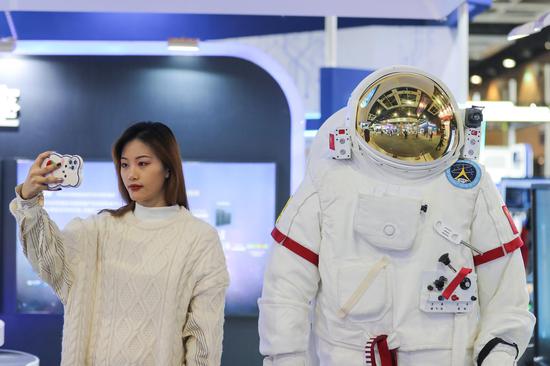


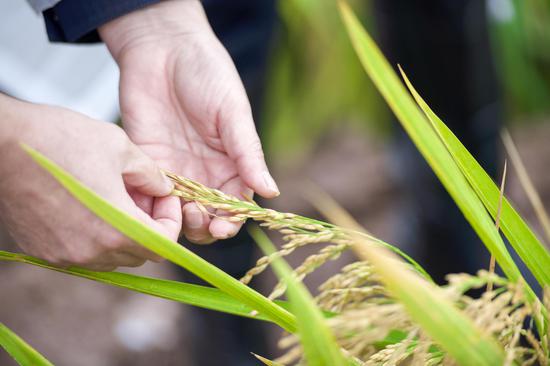
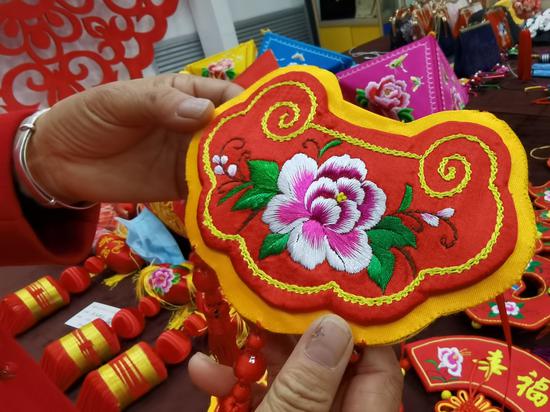




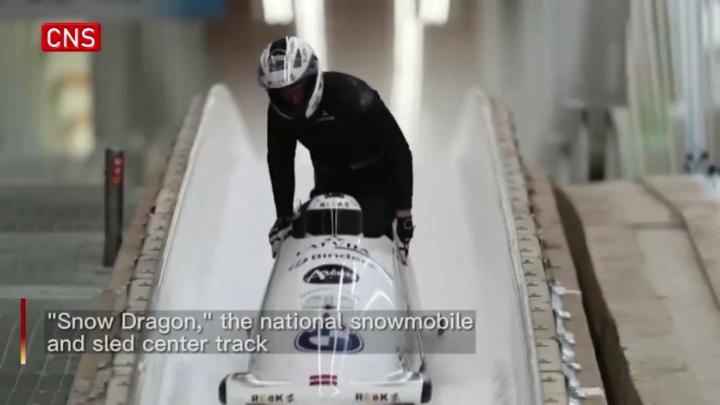

 京公网安备 11010202009201号
京公网安备 11010202009201号